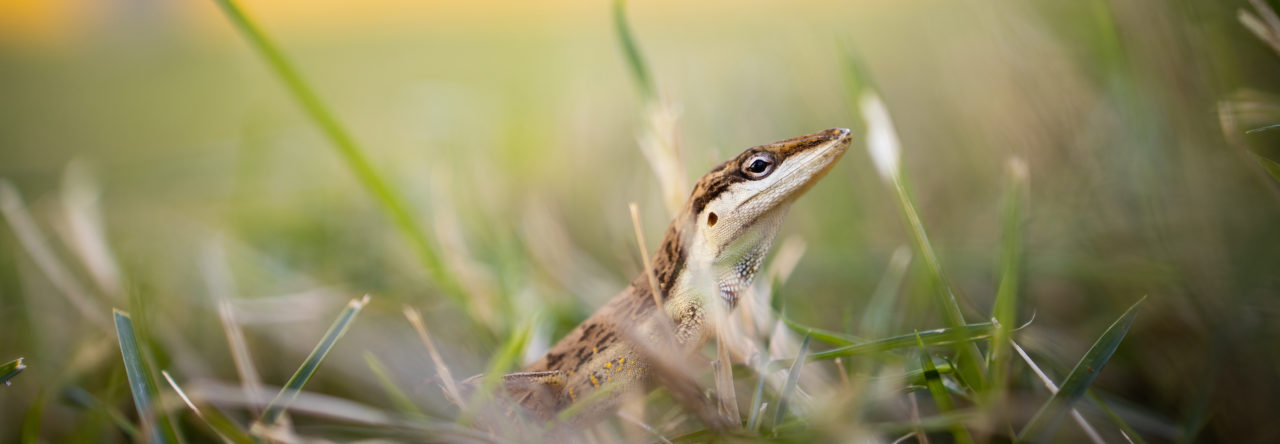
While on the theme of Ecuador from yesterday’s post on 25 newly described Ecuadorian herps…Word has just reached AA‘s ears that the fabulous Amphibians and Reptiles of Mindo is now available in the U.S. You can order it from Eagle Mountain Publishing, which also sells a lot of great old reptile and amphibian books at rock bottom prices.
In celebration of this great event, we’re re-printing the review posted a few months ago:
The team at Tropical Herping has done it again! This time, a fabulous, lavish, luscious, information-packed guide to the spectacular herpetofauna of Mindo Parish, Ecuador. Originally available online, the book is now available in print. I had the privilege of writing the foreword, appended below. More information is available on the TH website, as well as an order form.
Foreword:
 Small in size, but a global giant in biodiversity, Ecuador is awash in all manner of fauna and flora. Birds, butterflies, trees—the country is a hotspot for just about everything. But no group of organisms is more beautiful, more charismatic, more scientifically captivating than Ecuador’s reptiles and amphibians. The Amazon rainforest dominates the attention of the public, but other parts of the country, especially the mountainous regions, are just as biologically rich. One such area is the small parish of Mindo in Pichincha Province, home to 102 species of creepy crawlies. And what an ensemble! Brilliant colors, toxic skin and venom, sweet serenades, menacing looks, gorgeous displays—this region is an encyclopedia of herpetology in just 268 square kilometers.
Small in size, but a global giant in biodiversity, Ecuador is awash in all manner of fauna and flora. Birds, butterflies, trees—the country is a hotspot for just about everything. But no group of organisms is more beautiful, more charismatic, more scientifically captivating than Ecuador’s reptiles and amphibians. The Amazon rainforest dominates the attention of the public, but other parts of the country, especially the mountainous regions, are just as biologically rich. One such area is the small parish of Mindo in Pichincha Province, home to 102 species of creepy crawlies. And what an ensemble! Brilliant colors, toxic skin and venom, sweet serenades, menacing looks, gorgeous displays—this region is an encyclopedia of herpetology in just 268 square kilometers.
Field guides play an essential role in making the fauna and flora of an area widely accessible. They are at the front line of nature education and conservation, the place where the fruits of scientific exploration are distilled, synthesized, packaged, and presented to the public at large. Since the time of Roger Tory Peterson, field guides have played another role, being a venue for beautiful, yet accurate, scientific illustration, allowing readers to not only understand the identifying marks of each species, but also to appreciate them esthetically.
Despite its bountiful herpetofauna, until now no field guides existed for Ecuador’s amphibians and Reptiles. The Tropical Herping team has brilliantly stepped into this void, producing a guide to the herps of Mindo that hopefully will serve both as a model of how guides should be produced and an inspiration to the production of similar efforts elsewhere in Ecuador and beyond. The Amphibians and Reptiles of Mindo is particularly notable in three respects. First is the breadth and depth of information provided for each of Mindo’s species. These authors know their fauna in exquisite detail and have synthesized that knowledge in a clear and lucid manner. The inclusion of frog calls, recorded by the authors themselves, is an added bonus bridging the paper and digital eras. Second, the public often does not understand the connection between scientific research and the information presented in field guides, magazine articles and nature documentaries. Unlike most field guides, The Amphibians and Reptiles of Mindo makes this link crystal clear, providing citations so that readers know where to turn to learn more. Indeed, especially impressive is the fact that the authors did a great deal of field work themselves to round out knowledge of these species, presenting that information for the first time here. Finally, third, the book is simply beautiful. The photographs are simply stunning and the maps and other illustrations lovely as well.
The publication of The Amphibians and Reptiles of Mindo could not come at a better time. The Mindo region is a microcosm for all that ails the natural world. Deforestation, habitat fragmentation, pollution, overharvesting—all are threats. Mindo has one thing going for in its favor—it has become a nature vacation travel destination, providing jobs and economic rationale for preserving natural habitats. But, ecotourism can be a two-edged sword, as people and development are drawn to the area with potentially negative consequences. Mindo has the opportunity to show how responsible stewardship can be mutually beneficial to man and nature, and this lovely book shows what is at stake. Three cheers for the three authors of this magnificent volume. Long live the herpetofauna of Mindo!
- Evolution in Real Time on Lizard Island - March 23, 2025
- Spider Snags Adult Anolis osa - March 22, 2025
- An Homage to the Green Anoles of New Orleans - March 21, 2025


calvinanchez
I got involved with Mindo Futures because I think it’s a great organization, and I believe in what they do. I am from Ecuador and have seen at first hand the need for basic medical care in the area. http://www.lasterrazasdedana.com/